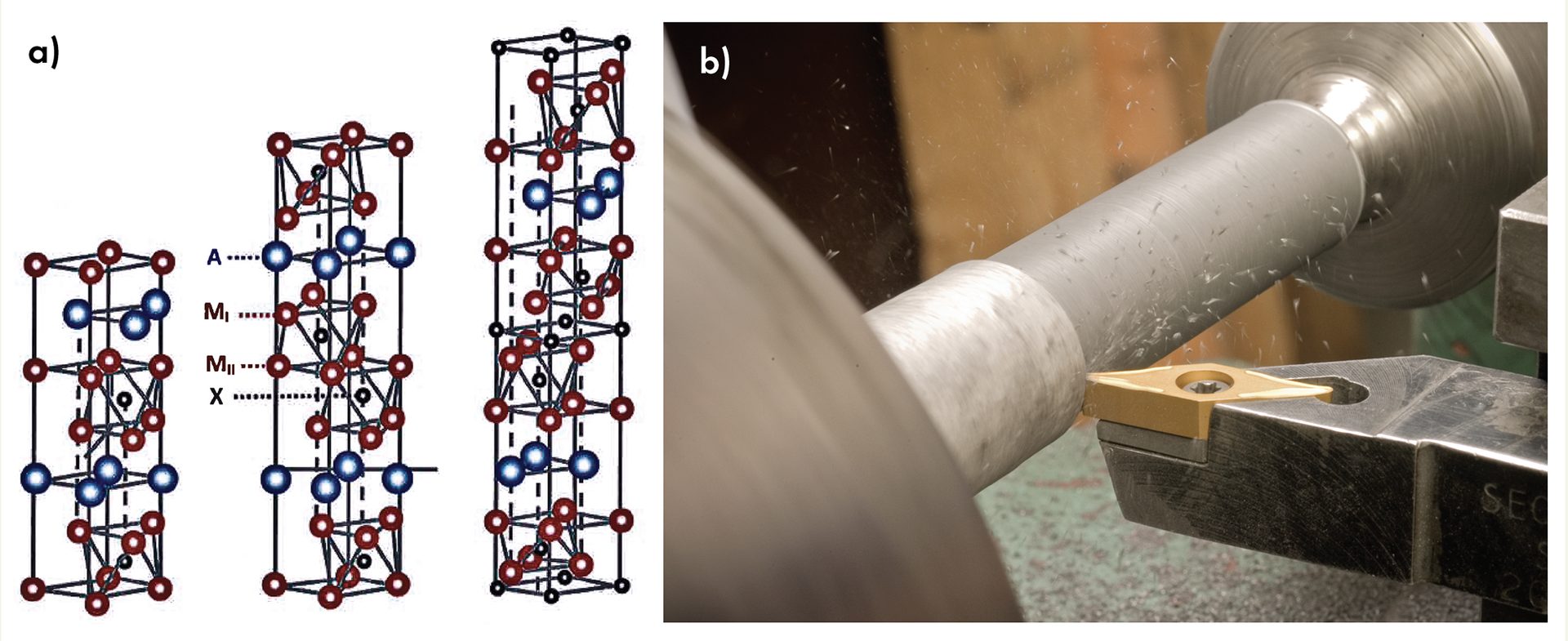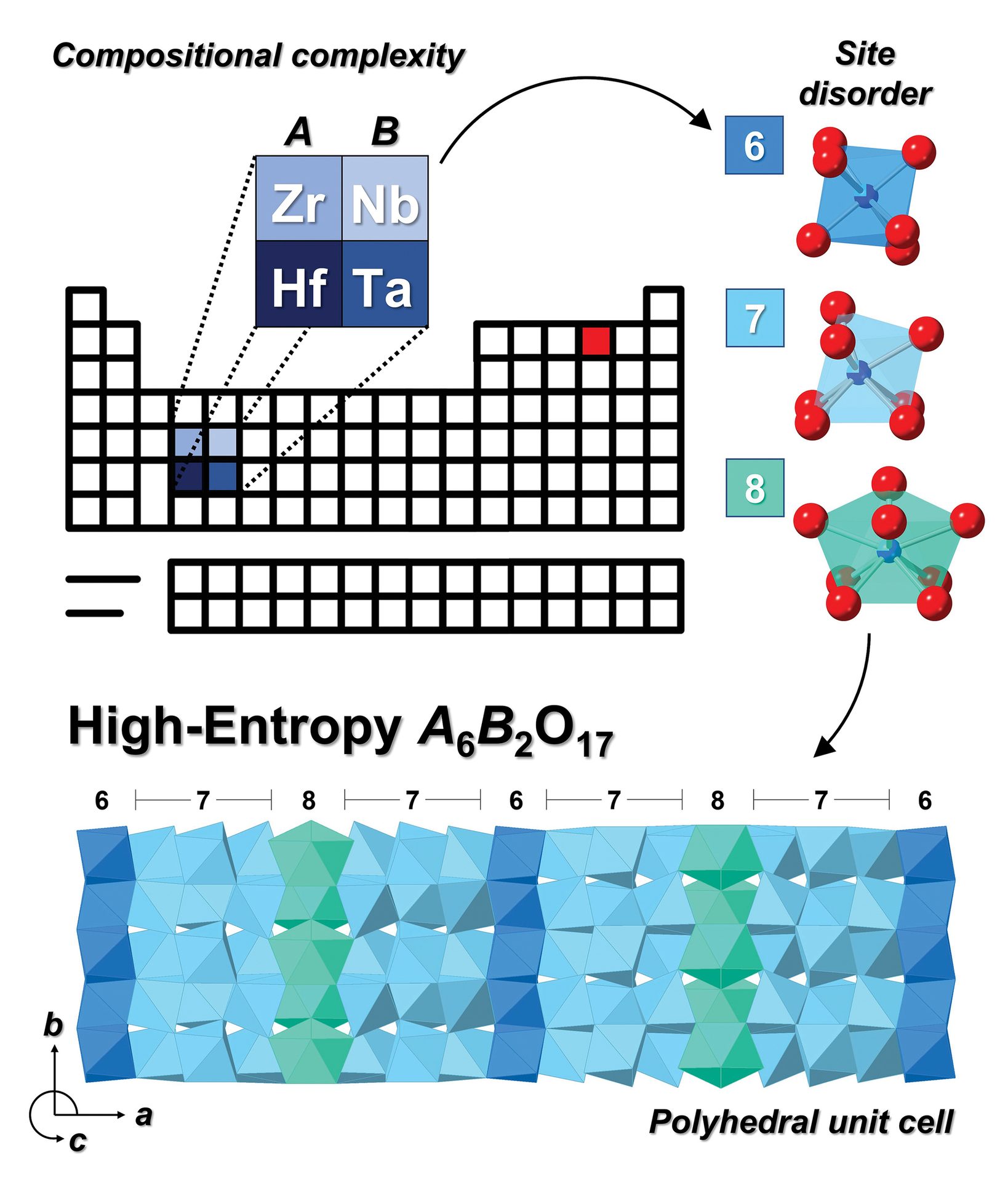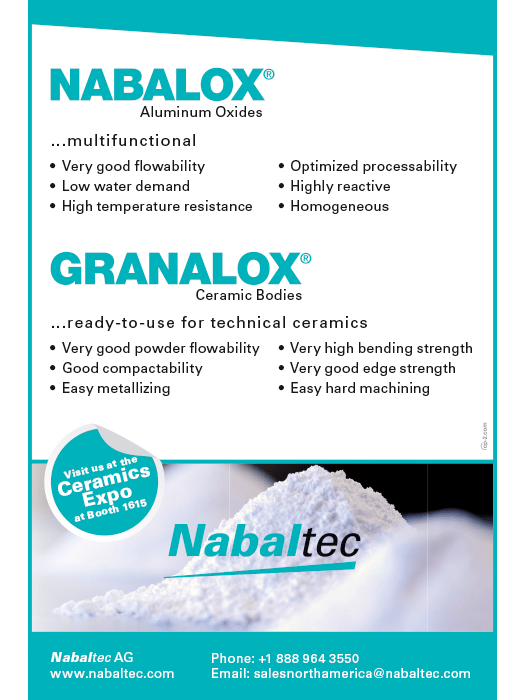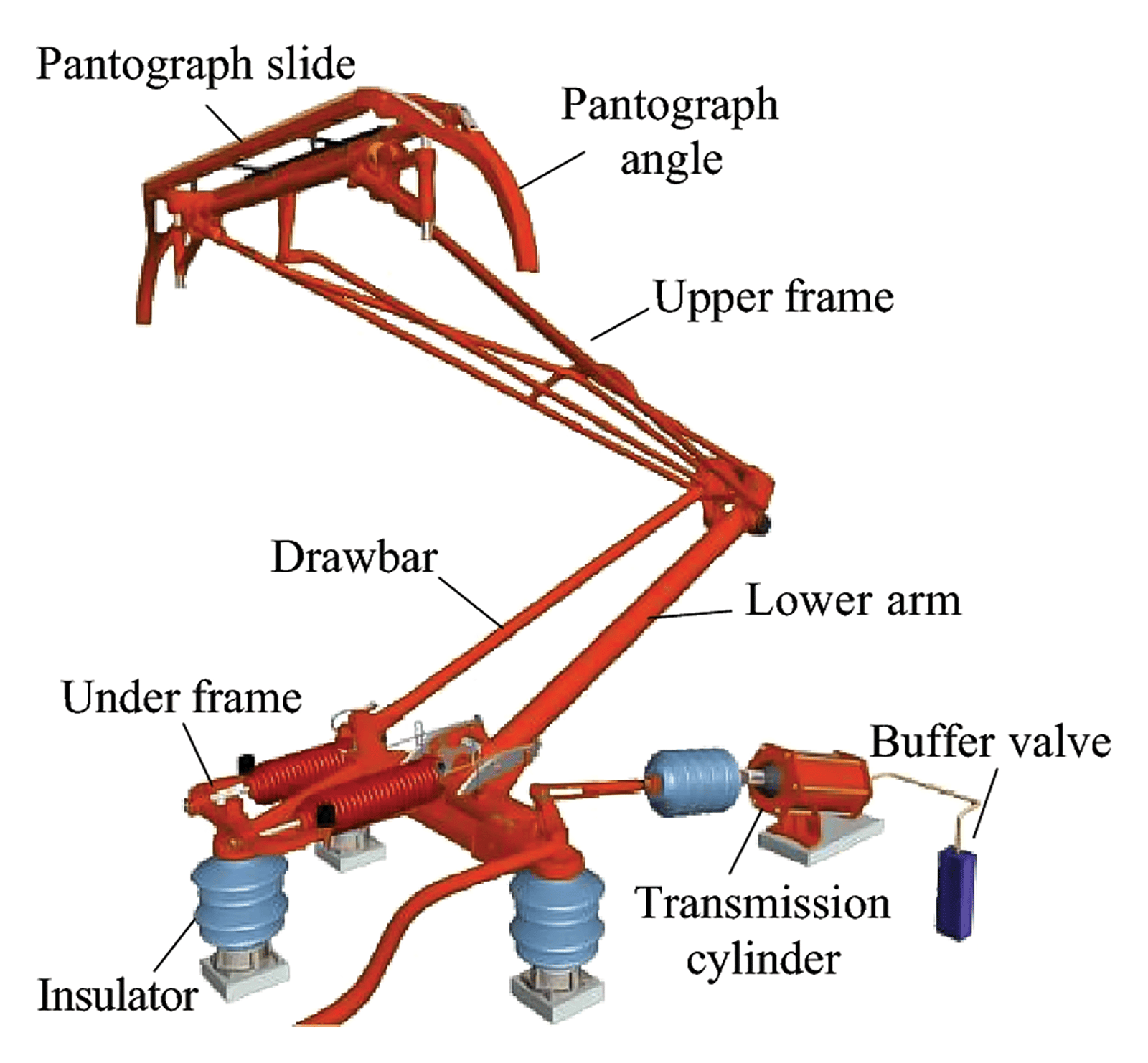deciphering the discipline
A regular column offering the student perspective of the next generation of ceramic and glass scientists, organized by the ACerS President’s Council of Student Advisors.

Miloš Dujović
Guest columnist
MAX phases: Opening new doorways with machinable ceramics
Ceramics are traditionally viewed as brittle materials that can be difficult to machine. However, MAX phases, which garnered interest in the 1990s as a bridge between metals and ceramics, helped fundamentally shift these traditional views.1
MAX phases are a family of ternary carbides and nitrides with the general formula Mn+1AXn, where M refers to an early transition metal, A is an A-group element, and X is carbon or nitrogen.
These materials contain a highly anisotropic and nanolayered crystal structure, where strongly bonded MX octahedral layers are interleaved with weakly bonded layers of A-group element atoms (Figure 1a).2 This structure allows MAX phases to be easily machined into complex shapes using conventional machining tools (Figure 1b), in contrast to binary transition metal carbides and nitrides.


Figure 1. a) Crystal structure of 211, 312, and 413 MAX phases (left to right).1
b) Machining of a MAX phase billet on a conventional lathe.1
Credit: Radovic and Barsoum, American Ceramic Society Bulletin
Since their discovery in the 1960s (and renewed interest in the 1990s), more than 300 different MAX phases have been synthesized. In addition to their easy machinability, MAX phases are damage tolerant, elastically stiff, good thermal and electrical conductors with low thermal expansion coefficients, and highly resistant to chemical attacks.2 These properties make MAX phases attractive for many applications, including as pantographs for high-speed railway systems.3,4
Most high-speed trains are powered by electricity, which gets pulled from an overhead line via an apparatus called the pantograph mounted on the train’s roof (Figure 2). The pantograph slides along the overhead line, and as the train speeds up, the pantograph slides more quickly. As such, it must have good tribological and electrical properties to ensure steady contact with the overhead line and thereby a reliable supply of electric energy.
MAX phases have successfully met these criteria to be used as materials for pantographs. Specifically, the MAX phases Ti3SiC2 and Ti3AlC2 have been tested because they possess self-lubrication properties in addition to good electrical conductivity.3,4
The application of MAX phases as pantographs for high-speed trains is just one example of how this class of machinable carbides and nitrides will help meet the need for new components in extreme service conditions. Other applications include gas turbine blades, braking pads, and heat exchangers.
As this class of materials combines some of the best attributes of ceramics with metal-like machinability, I believe MAX phases are a promising example of materials that are breaking traditional norms and allowing their implementation in many other branches of engineering.
About the author:
Miloš Dujović is a graduate research assistant in the Department of Materials Science and Engineering at Texas A&M University (College Station, Texas). He currently works on synthesizing and characterizing MAX phases and their 2D counterparts, MXenes. In his free time, he enjoys collecting and listening to vinyl records.

Figure 1. The compositional complexity, structure, and site disorder of A6B2O17 disordered oxides make these materials attractive as potential high-entropy electroceramics. Adapted from Reference 4.
Credit: Spurling et al., J. Mater. Sci.

